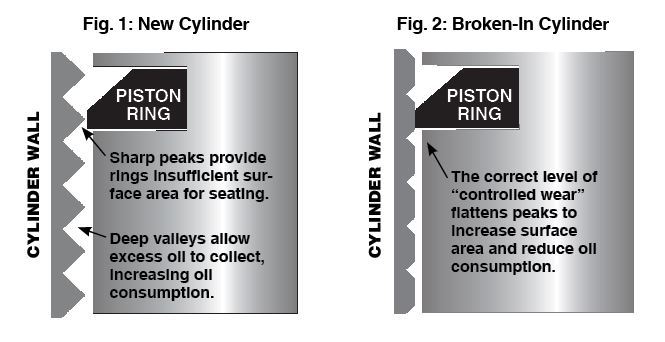Why You Should Be Wary About Using Break In Oil in Powersports Equipment John Baker|Sep 25, 2017 1:32 PM Marco Navarro asks on our Facebook page about break in oil, with attention paid to powersports engines. (Break in oil importance, drain interval on it, and applications. To include motorcycles and ATVs since life of engine is shorter […]
You are browsing archives for
Tag: zddp
Z-ROD® Keeps Classic Vehicles Street-Rea
Vintage Car and Cam Wear Problems Solved – Zinc Fortified Motor Oils After this long Sioux Falls winter, making the transition from storage to the street can be an anxious time for classic car owners. Even after extensive preparations, doubts may linger whether a prized vehicle has been effectively protected during a period of inactivity. […]

